The youngest and oldest mountain ranges on Earth: It might surprise you to know that mountains aren't static; they are constantly being formed and weathered away over millions, even billions, of years. The Geological Survey of India says that the Himalayas are the youngest mountain range in the world. They were made about 50 million years ago when the Indian and Eurasian plates crashed into each other. The Aravalli Range, which runs through Rajasthan, Haryana, and Gujarat, on the other hand, is thought to be the oldest surviving fold mountain system, with origins going back almost 3.2 billion years. Studying the youngest and oldest mountains helps us learn about plate tectonics, erosion, and how the Earth's crust has changed over time.
Which is the Youngest Mountain Range in the World?
The Himalayas are the youngest mountains in the world; they are still forming. About 50 million years ago, tectonic shifts pushed the Indian Plate under the Eurasian Plate, which is when they first appeared. This movement that keeps happening is what makes the Himalayas rise a little bit every year, and why there are so many earthquakes in the area.
The US Geological Survey (USGS) says that this mountain range has the highest peaks on Earth, such as Mount Everest. Their sharp ridges, tall heights, and constant rise show that they are still young in geological terms.
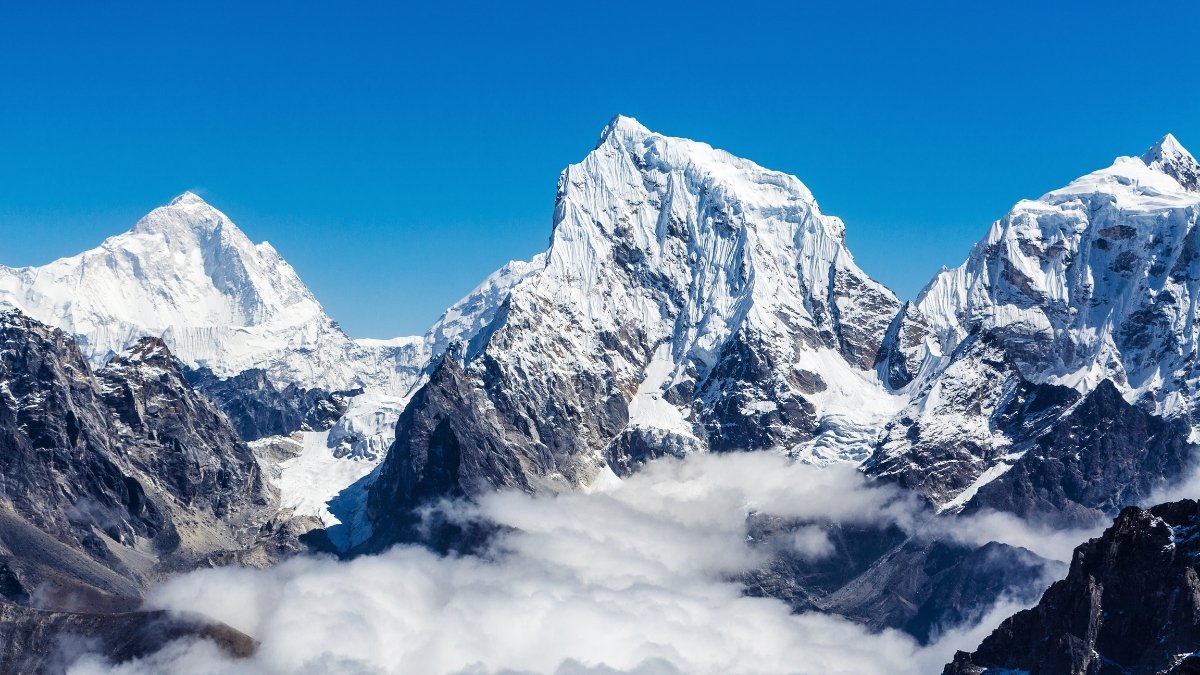
Snowy peak of the Himalayas mountain range
List of 10 Youngest Mountains on Earth
Several other mountain ranges besides the Himalayas formed in relatively recent geological times. These ranges, which are on different continents, have young features like sharp peaks, active seismic zones, and a lot of tectonic activity. Here are five of the youngest mountain ranges in the world:
| Rank | Name of the Youngest Mountain Range | Location | Approximate Age |
| 1. | Himalayas | South Asia (India, Nepal, Bhutan, Tibet) | 50 million years |
| 2. | Andes | South America (Chile, Peru, Argentina) | 65 million years |
| 3. | Alps | Europe (France, Switzerland, Italy, Austria) | 65 million years |
| 4. | Greater Caucasus | Europe/Asia (Russia, Georgia, Azerbaijan) | 25 million years |
| 5. | Southern Alps | New Zealand | 5 million years |
| 6. | Mount St. Helens | North America (USA) | < 40,000 years |
| 7. | Ruwenzori Mountains | Africa (Uganda, DR Congo) | ~10 million years |
| 8. | Transantarctic Mountains | Antarctica | ~65 million years |
| 9. | Sierra Nevada | North America (USA) | < 10 million years |
| 10. | Mount Fuji | Asia (Japan) | ~100,000 years |
1. Himalayas (Asia)
As the world’s youngest and highest mountain range, the Himalayas are still actively rising. They were formed roughly 50 million years ago when the Indian tectonic plate collided with the Eurasian plate. This ongoing collision pushes the mountains upward by a few millimeters each year, creating the towering, sharp peaks that include Mount Everest. The range is a vital part of the global climate system and is a cultural hub for many nations in Asia.
2. Andes (South America)
The Andes are the longest mountain range on land in the world. They run along the western edge of South America. The Nazca Plate slid under the South American Plate, which started its uplift about 25 million years ago. The Andes are a great example of tectonic activity that never stops. They have many active volcanoes, and earthquakes happen all the time. They are a unique and important mountain system because they are so long and have so many different types of ecosystems.
3. Alps (Europe)
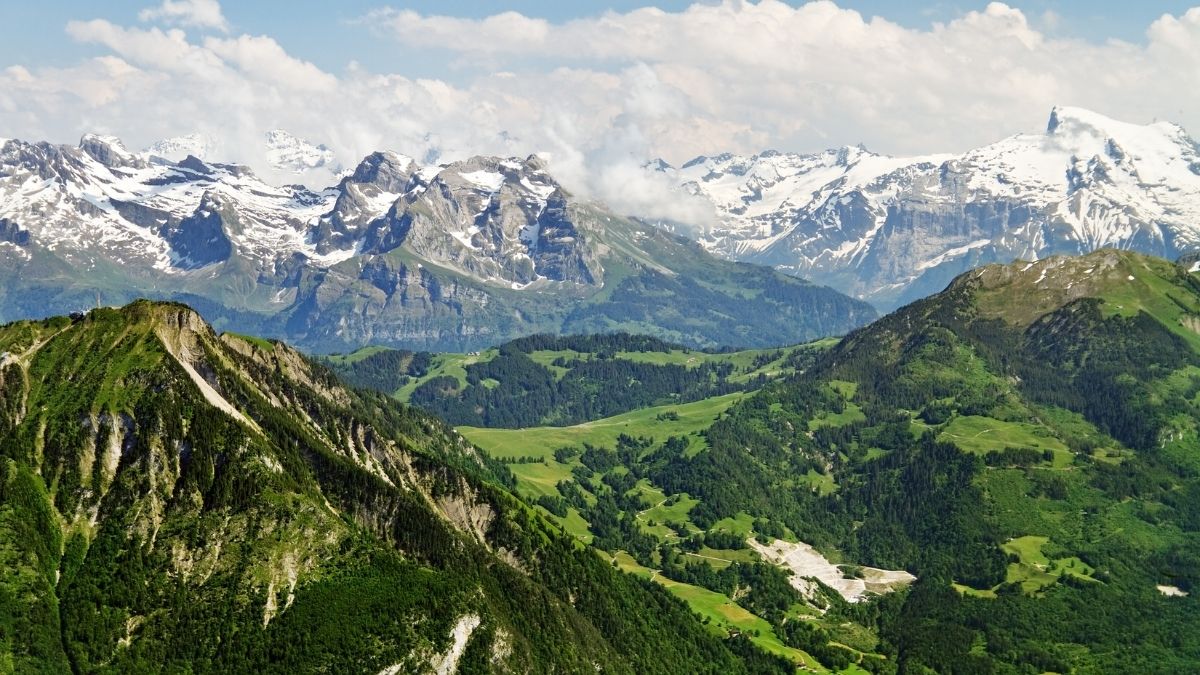
The Alps are a beautiful mountain range that runs through central Europe. They are also fairly new. The African and Eurasian plates crashed into each other about 30 to 45 million years ago, which is when they started to form. This ongoing process made the famous peaks and valleys that make up the landscapes of France, Switzerland, and Italy. The Alps are still being shaped by geological forces, but not as quickly as the Himalayas.
4. Greater Caucasus (Europe/Asia)

The Greater Caucasus mountains are a geologically young range that started to form about 25 million years ago. They make a natural border between Eastern Europe and Western Asia. The fact that the Arabian and Eurasian plates are still coming together is what caused them to form. The range is known for its rough terrain, which includes Mount Elbrus, the highest peak in Europe, and is an important cultural and climatic divide.
5. Southern Alps (New Zealand)
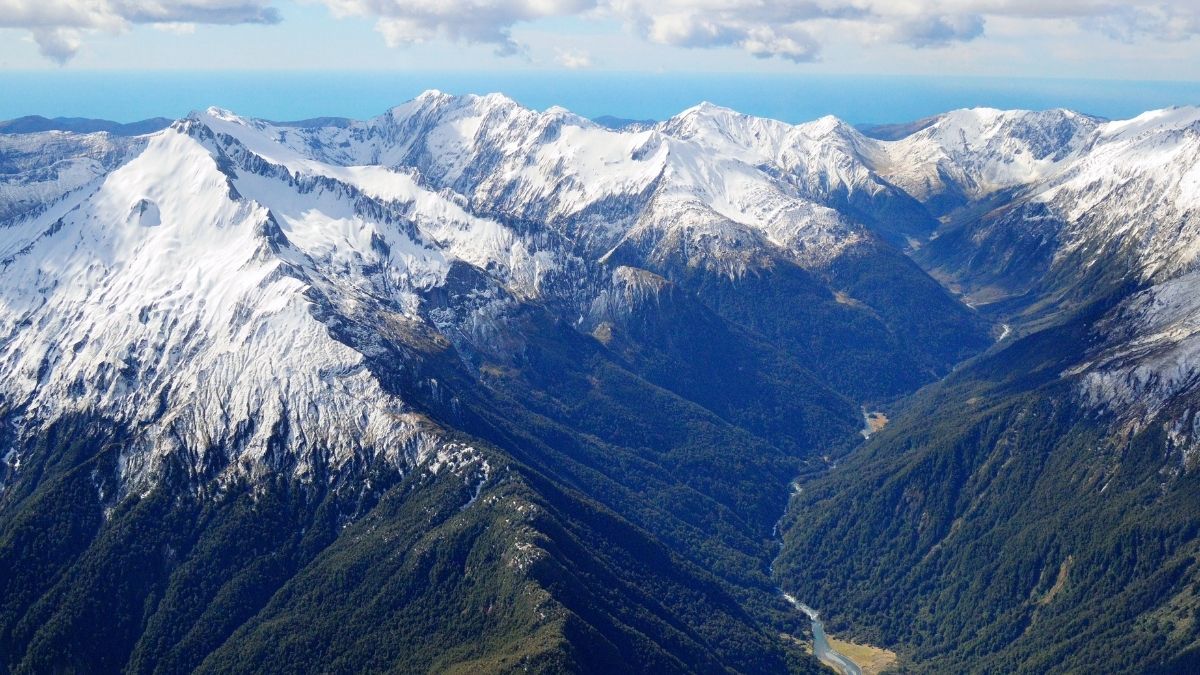
New Zealand's Southern Alps aren't as tall as some other mountains, but they are one of the most geologically active young ranges on Earth. The Pacific and Australian plates crashed into each other to make these mountains. The uplift of these mountains started only 5 million years ago. They are known for their very fast uplift rate, but New Zealand's heavy rainfall and frequent glacial activity quickly erode them, giving them a jagged, young look.
Check Out: List of 7 Most Colourful Mountains in the World (Updated)
Which is the Oldest Mountain Range in the World?
The Aravalli Mountain Range is recognised as the oldest surviving mountain system on Earth. While the Geological Survey of India cites its age at approximately 3.2 billion years, other geological sources place its origins closer to 1.8 billion years ago. Whatever its precise age, the Aravallis are not as tall and rugged as the Himalayas.
They are low hills and ridges that have been worn down by time and weather. Rajasthan, Haryana, and Gujarat are all parts of this range. It is a natural barrier that keeps the desert from spreading and is full of minerals. Its ancient rocks preserve records of some of the earliest geological events on the planet.

Aravalli Mountain
List of 10 Oldest Mountains on Earth
Besides the Aravallis, other ancient ranges across the globe trace back billions of years. These mountain ranges have been through harsh weather, erosion, and tectonic shifts, but they are still living records of the early history of the Earth. Some of the oldest mountain ranges on Earth are:
| Rank | Name of the Oldest Mountain Range | Location | Approximate Age |
| 1. | Barberton Greenstone Belt | South Africa | 3.6-3.25 billion years |
| 2. | Hamersley Range | Western Australia | 3.4 billion years |
| 3. | Pilbara Craton | Western Australia | 3.4 billion years |
| 4. | Canadian Shield | Canada | 2.5 – 3.0 billion years |
| 5. | Aravalli Range | India | 1.8 billion years |
| 6. | Appalachian Mountains | North America (USA, Canada) | 480 million years |
| 7. | Ural Mountains | Europe/Asia (Russia) | 250–300 million years |
| 8. | Great Dividing Range | Australia | 100–300 million years |
| 9. | Caledonian Mountains | Europe (Scotland, Scandinavia) | ~400 million years |
| 10. | Taoudeni Basin | West Africa | 600–800 million years |
Note: The Geological Survey of India cites the Aravalli's age at 3.2 billion years, but the 1.8 billion-year age is a more widely accepted geological estimate for the range's most recent major formation event.
Check Out: List of 7 Most Active Volcanoes in the World
1. Barberton Makhonjwa Mountains (South Africa)
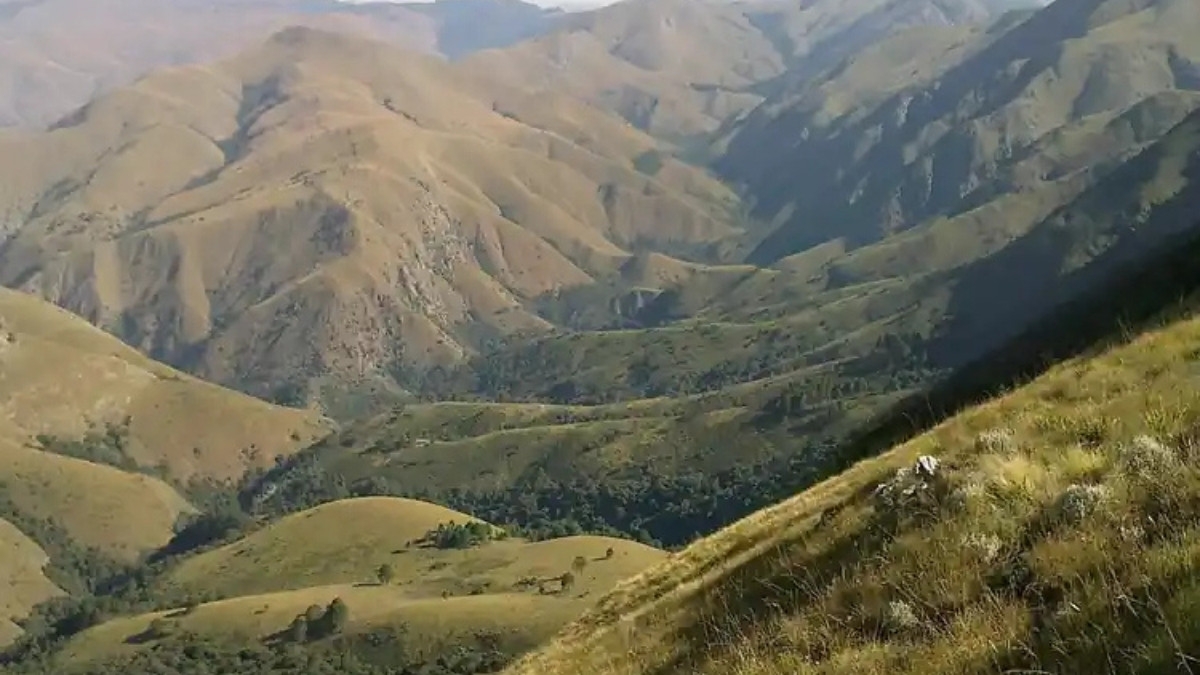
This range is well-known as the oldest on Earth and is hidden away in South Africa. These mountains are a UNESCO World Heritage site and are between 3.6 and 3.25 billion years old. Their importance doesn't come from how tall they are, but from the rock formations that hold some of the oldest signs of life on Earth, like fossils of tiny organisms. Scientists look at these old volcanic and sedimentary rocks to learn about the chemical makeup of our oceans and atmosphere in the past. The Barberton Makhonjwa Mountains are like a living laboratory for the beginnings of life.
2. Hamersley Range (Western Australia)
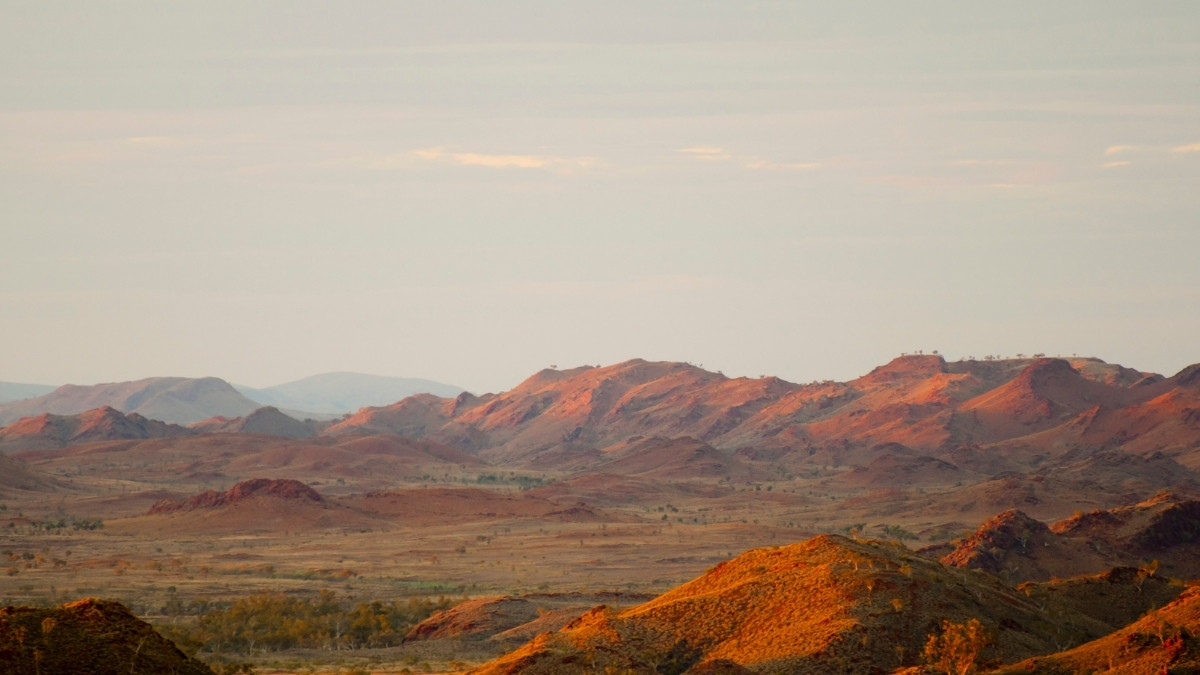
Because of how old it is, this range has some of the biggest iron ore deposits in the world. The Hamersley Range was made more than a billion years ago, and the rocks that make it up are more than 3.4 billion years old. The banded iron formations here were made when the oceans on Earth were starting to fill with oxygen. This oxygen reacted with the iron that was already in the water to make huge deposits. The range's low, rough hills and wide, flat valleys are proof of the slow but steady process of erosion that has shaped the land over millions of years.
3. Waterberg Mountains (South Africa)
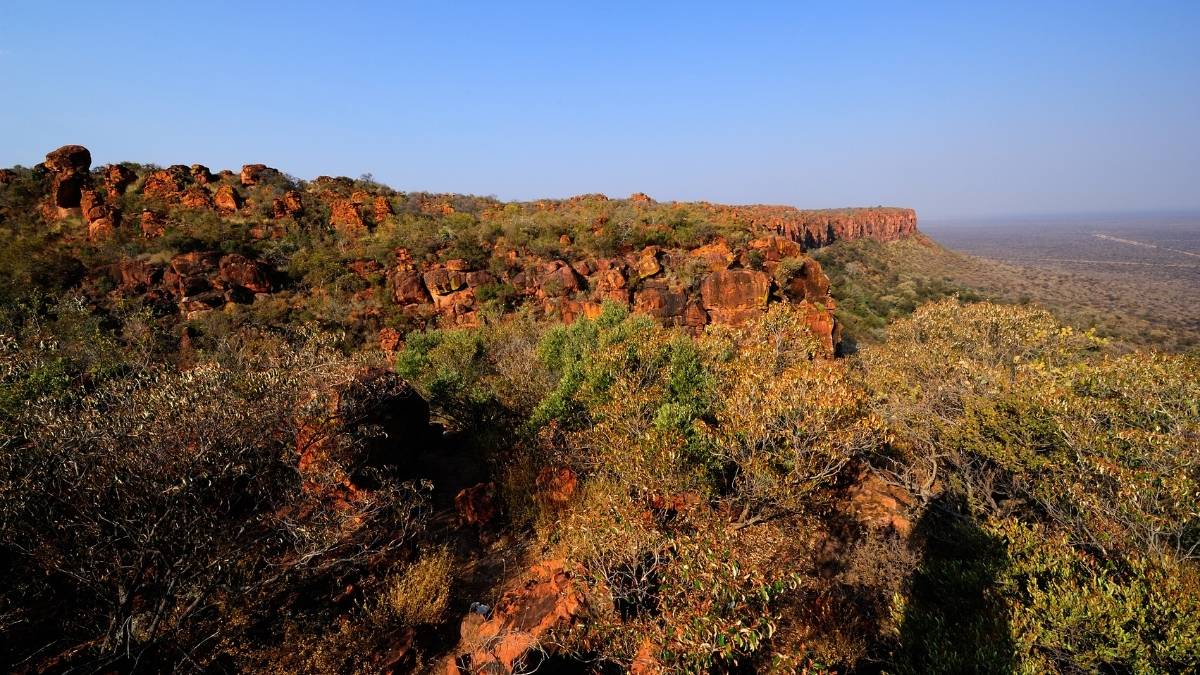
The Waterberg Mountains are a UNESCO Biosphere Reserve. They are known for their beautiful sandstone formations and wide variety of plants and animals. The Waterberg is thought to be about 2.8 billion years old. For millions of years, it was an important source of water for this dry area. Over time, river erosion has carved the range's old sandstone into a landscape of bluffs and buttes. The Waterberg Mountains are an important example of how geology and biology are connected over long periods of time. The ancient geology has created unique habitats that support a wide variety of plants and animals.
4. Magaliesberg Mountains (South Africa)

People think that the Magaliesberg Mountains are more than 2 billion years old and were made during a time of huge geological change. A huge amount of magma that slowly solidified between and over existing sedimentary layers caused their unique geology. This process caused the sedimentary layers to tilt up, creating a series of semi-concentric ridges. Weathering and erosion have exposed the more resistant rock layers over billions of years, forming the beautiful cliffs and gorges we see today.
How Mountains are Formed
The process of orogeny creates mountains. This happens when big changes happen in the Earth's crust. It's a big part of how the surface of our planet is shaped. Most of the time, the age of a mountain range is based on how it was formed and how erosion keeps happening.
The Himalayas and the Aravallis are both examples of fold mountains. They happen when two or more of Earth's tectonic plates hit each other. The enormous pressure causes the crust to crumple, fold, and rise into massive peaks. It looks like a car crash in slow motion. The Himalayas are a great example of this process still going on because the Indian plate is still pushing into the Eurasian plate. Over billions of years, however, erosion by wind, water, and ice wears these giants down into the low-lying, rounded hills we see in the Aravallis today.
Check Out: Where is the Ravi River? Check its Location on the Map, Origin, and Current Flow
Geological processes are powerful and patient, as seen in the Himalayas, which are still getting taller with every tectonic push, and the Aravallis, which have been around for billions of years. Studying them helps us learn about Earth's past and how its landscape is always changing.
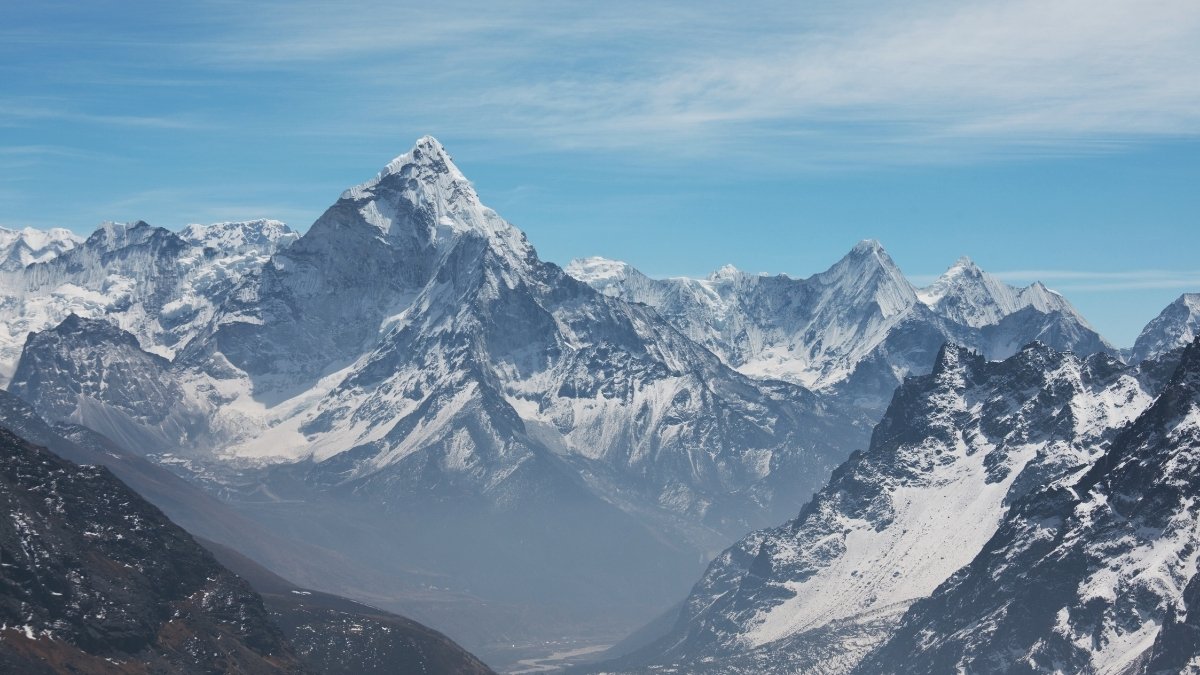
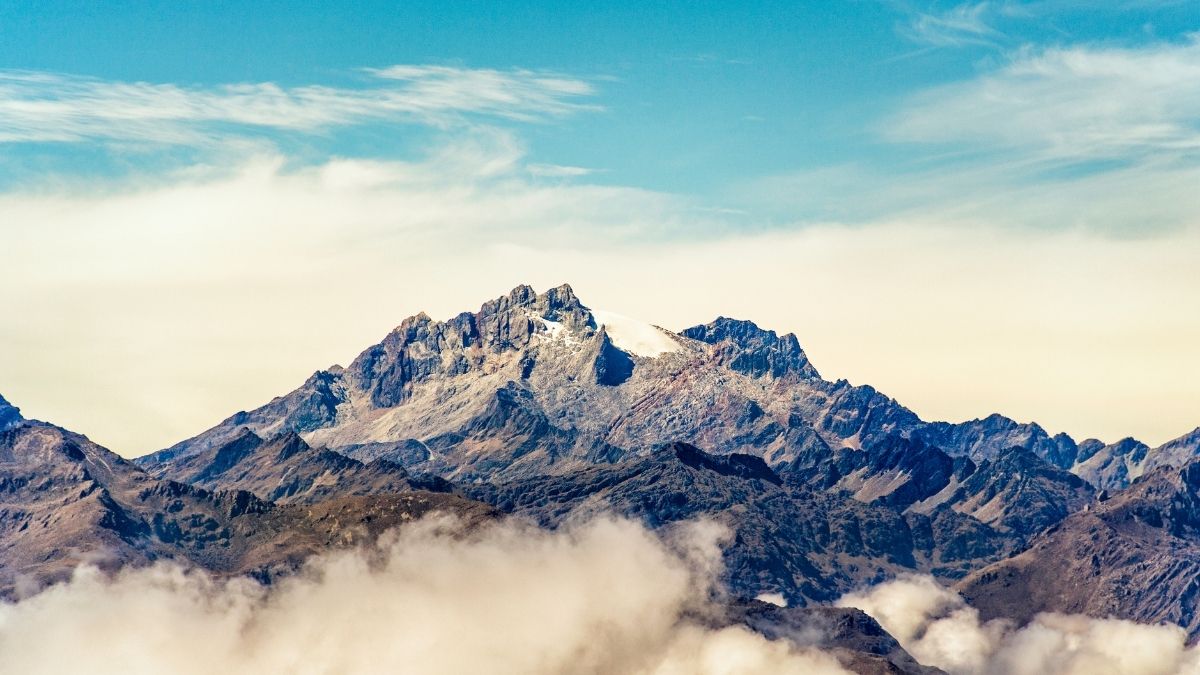
Comments
All Comments (0)
Join the conversation